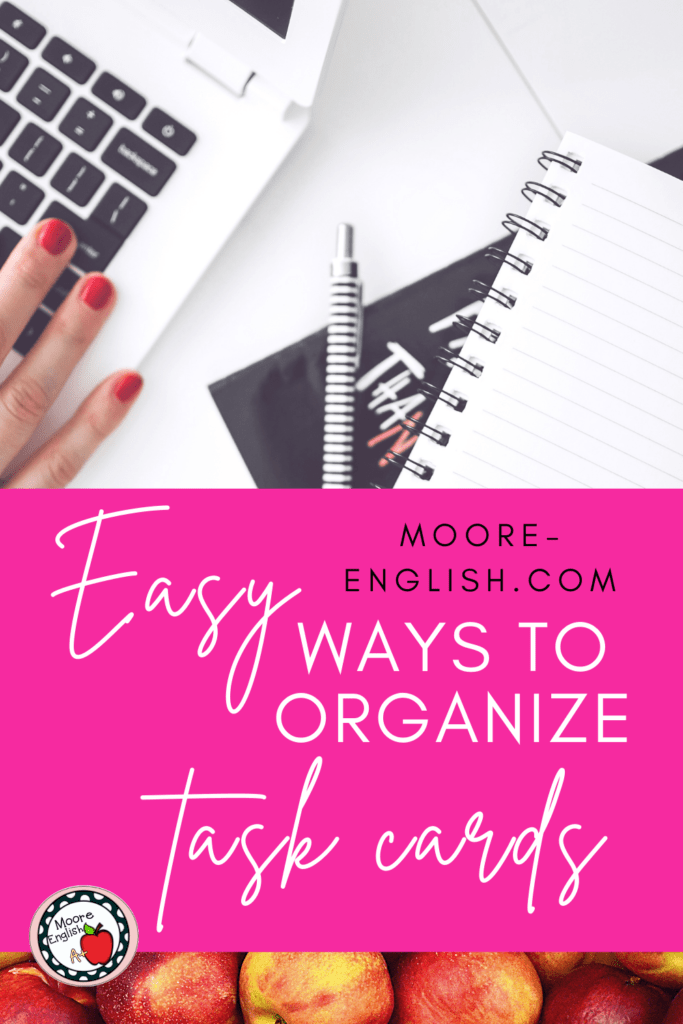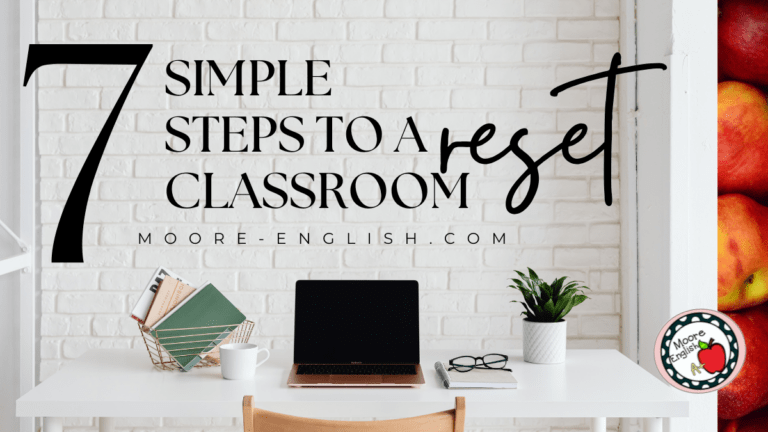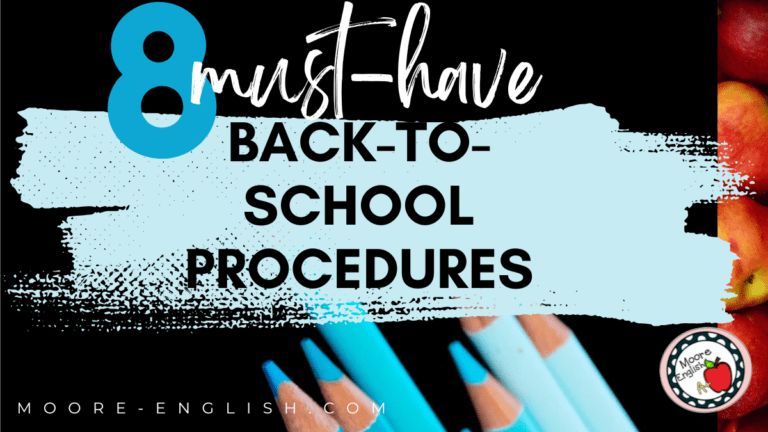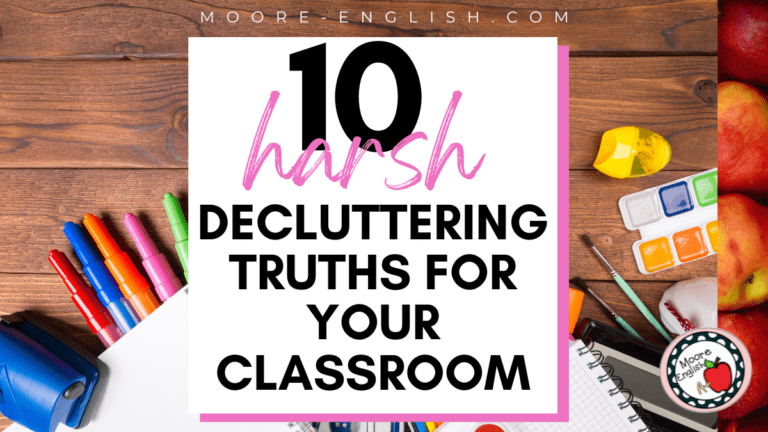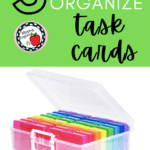Last week, I shared 15 Favorite Ways to Use Task Cards. While I enjoy using task cards in the classroom, they can be a pain to organize and store. Over the years, I have tried a few different methods for managing task cards, and that’s what I want to share with you today!
This post this post may contain affiliate links. Please read the Terms of Use.
Easiest Storage Option
The easiest way to organize task cards is to maintain all your task cards digitally! Google Drive makes it easy for teachers to organize task cards in a folder or series of folders.
Additionally, Google Slides, Google Jamboard, and Google Classroom make it easy for teachers to share and assign task cards to students. Here are three options for making this work:
- Firstly, Google Slides can be used to assign task cards. I use this free template to create digital task cards with several cards on a page. However, teachers can also make each slide its own task card.
- Secondly, teachers can use a similar strategy in Google Jamboard, making each frame its own task card. Then, students can use the sticky notes to respond to the task card.
- Thirdly, the questions feature in Google Classroom allows teachers to quickly and efficiently assign and grade task cards.
Preserving Task Cards
During the pandemic, I used digital task cards and digital stations. However, I prefer physical task cards. Frankly, I’m a little quicker with paper task cards. Similarly, I can organize task cards for differentiation and intervention more quickly when I can shuffle through the deck. Additionally, my students are less distractible when we’re working on paper instead of the screen.
Once I have designed my task cards, I print them, cut them, and laminate them. Lamination may seem like a drag, but it’s great for two reasons. Firstly, laminated cards endure for years. Secondly, with laminated cards, students can write directly on the cards. This is especially good for using task cards as exit tickets.
As a teacher, I do have some favorite supplies for making this process work:
- Firstly, I really like this Swingline Paper Cutter. It makes cutting task cards efficient and easy!
- Secondly, when I’m working on a small batch of cards, it’s easier to laminate task cards with my personal laminator. I love the Scotch Brand Pro Thermal Laminator!
- Finally, when students write on their laminated task cards, we use Fine Tip Expo Dry Erase Markers.
Options to Organize Task Cards
Over the years, I have tried many ways to organize task cards, and I have a clear preference!
Firstly, Ziploc sandwich bags are the simplest way to organize task cards. This is what I used for a long time, and there’s no system that’s more time efficient. However, this system has lots of downsides. For one, it’s a pain to store stacks and stacks of plastic bags. Furthermore, using so much plastic is not environmentally friendly. Plus, plastic bags rip and tear too easily. Bottom line: This is a short-term, short-on-time option.
Secondly, you can punch holes in your task cards, bind them with binder rings, and hang them on Command Hooks. This can create an aesthetically pleasing display. However, some of my task card games are in sets of six or seven, which is too many for this strategy. Plus, I don’t have the wall space for this strategy or students who have the control to leave the display alone. Bottom line: Cute, maybe not sustainable or scalable
Thirdly, recipe boxes, school supply boxes, and photo albums are solid strategies for organizing task cards. All of these strategies work well if you have a limited number of task cards. In particular, photo albums are great if you want students to write on their cards but don’t have the time or desire to laminate them. Bottom line: Durable and workable in the right circumstances
My Favorite Way to Organize Task Cards
Overwhelmingly, photo cases and craft keepers are my favorite way to store task cards. I messed around with the other options for a few years. However, this system has proven to be the most sustainable, clean, and organized.
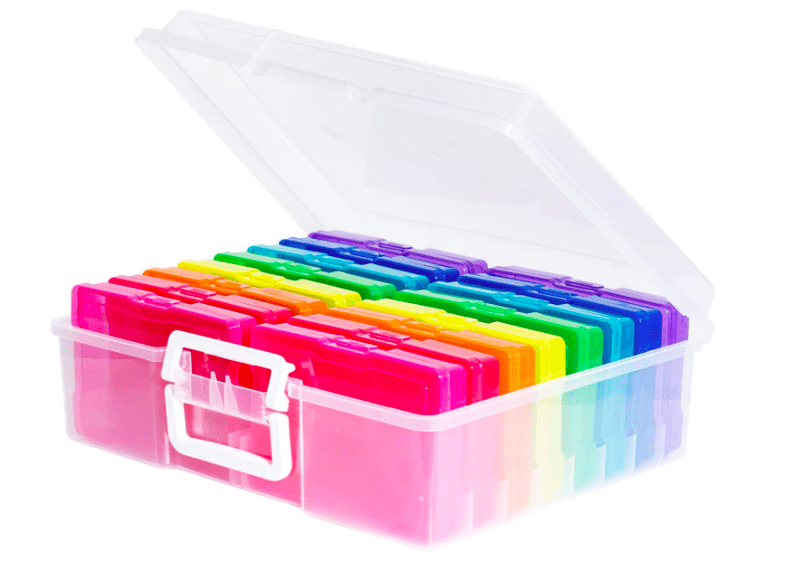
With a photo case, you have several boxes within a big box. My task card collection is sizable, so this is ideal for storing everything in one place. Furthermore, this system prevents my students from making a mess or mixing up cards.
Check out all of my task card resources!
